Press the right key for the next slide (or swipe left)
also ...
Press the left key to go backwards (or swipe right)
Press n to toggle whether notes are shown (no equivalent if you don't have a keyboard)
Press m or double tap to see a menu of slides
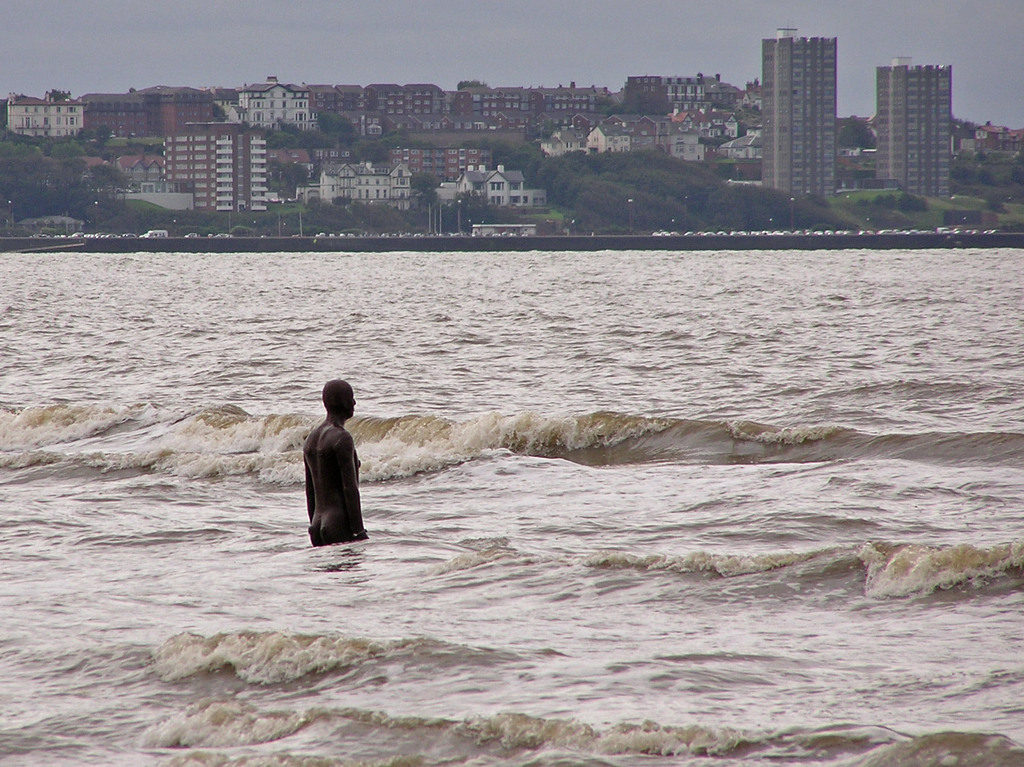
Origins of Mind
Lecture 06
s.butterfill@warwick.ac.uk
core knowledge and social interaction
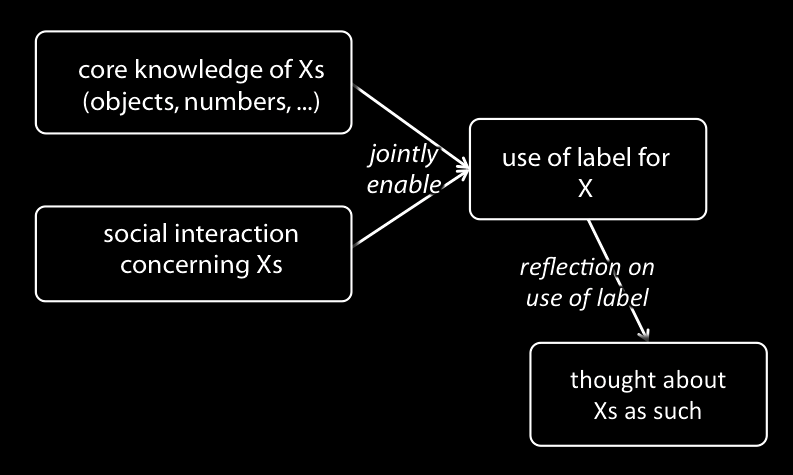
Yet Another Problem
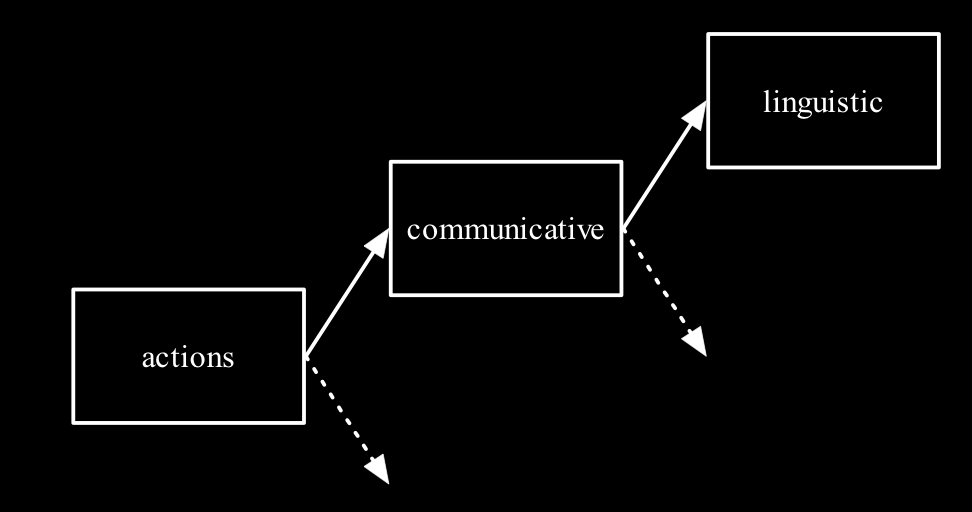
non-verbal communication

Pointing
Adults can use pointing to ...
- request
- inform
- initiate joint engagement (‘Wow! That!’)
Infants point from around 11 or 12 months of age, and point to all of these ends ...
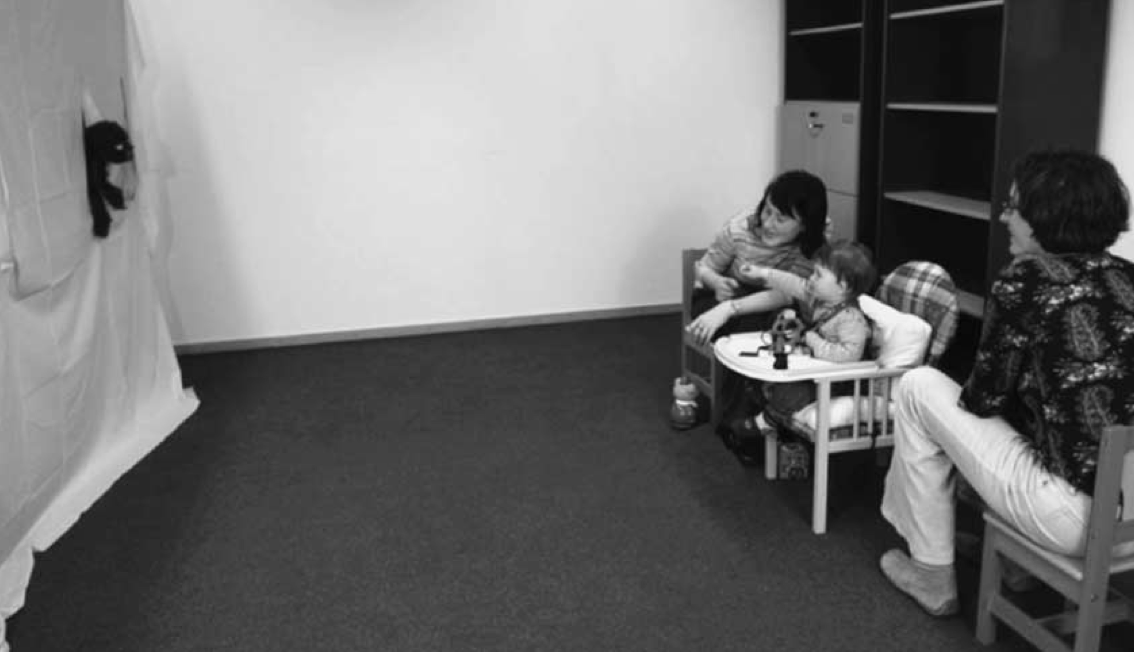
Liszkowski et al 2004, figure 2
Why do infants point?
Liszkowski’s idea: find out by seeing what satisfies them.
hypotheses:
- for themselves
(prediction: ignoring them makes no difference)
- to draw attention to themselves
(prediction: looking at them is sufficient to satisfy them)
- to direct attention only
(prediction: looking at the referent is sufficient)
- to initiate joint engagement
(prediction: looking at them and the reference is sufficient)
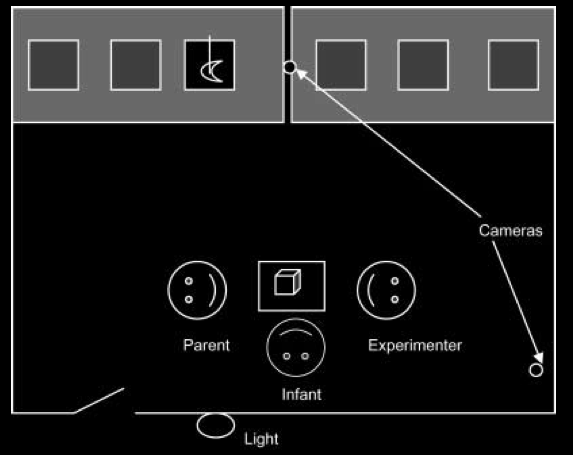
Liszkowski et al 2004, figure 1
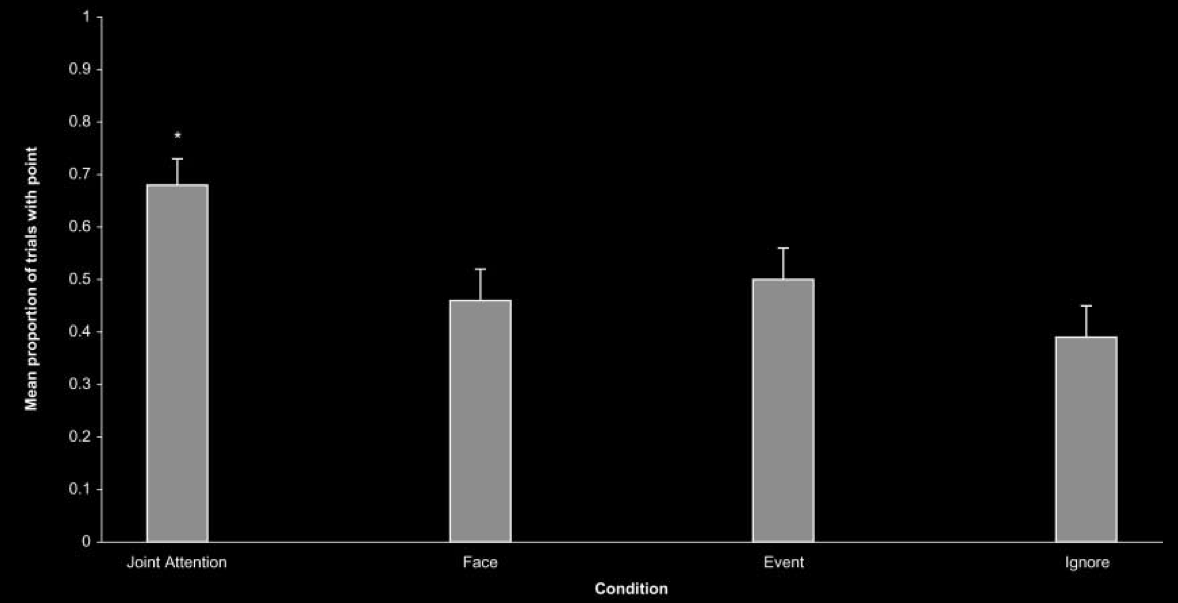
Liszkowski et al 2004, figure 3
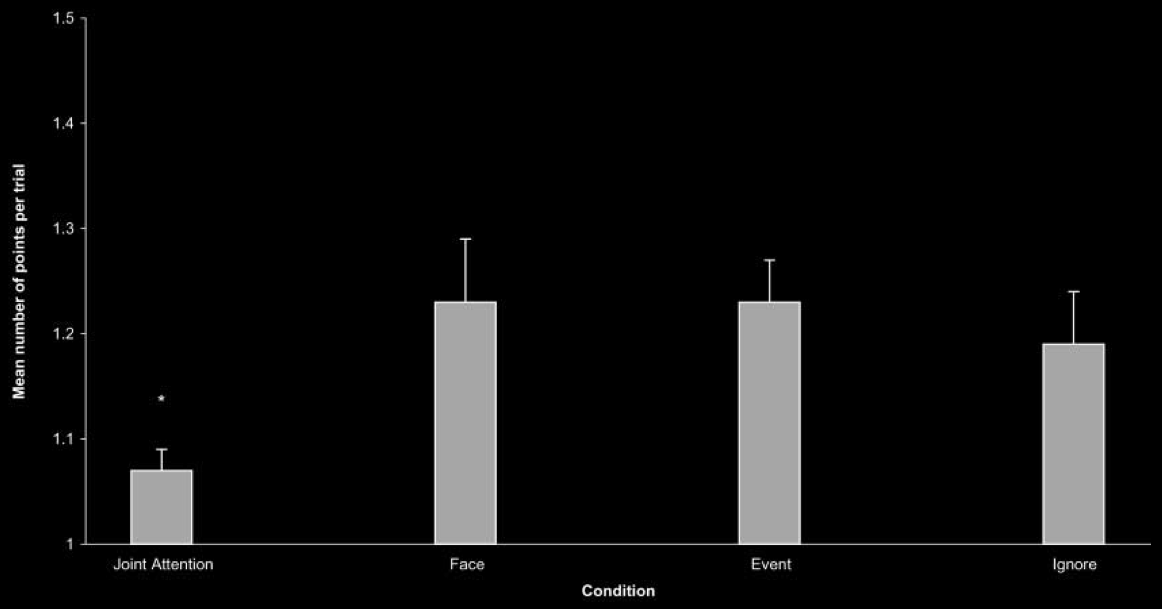
Liszkowski et al 2004, figure 4
12-month-old infants point not only to request but also to initiate joint engagement.
(And to inform.)
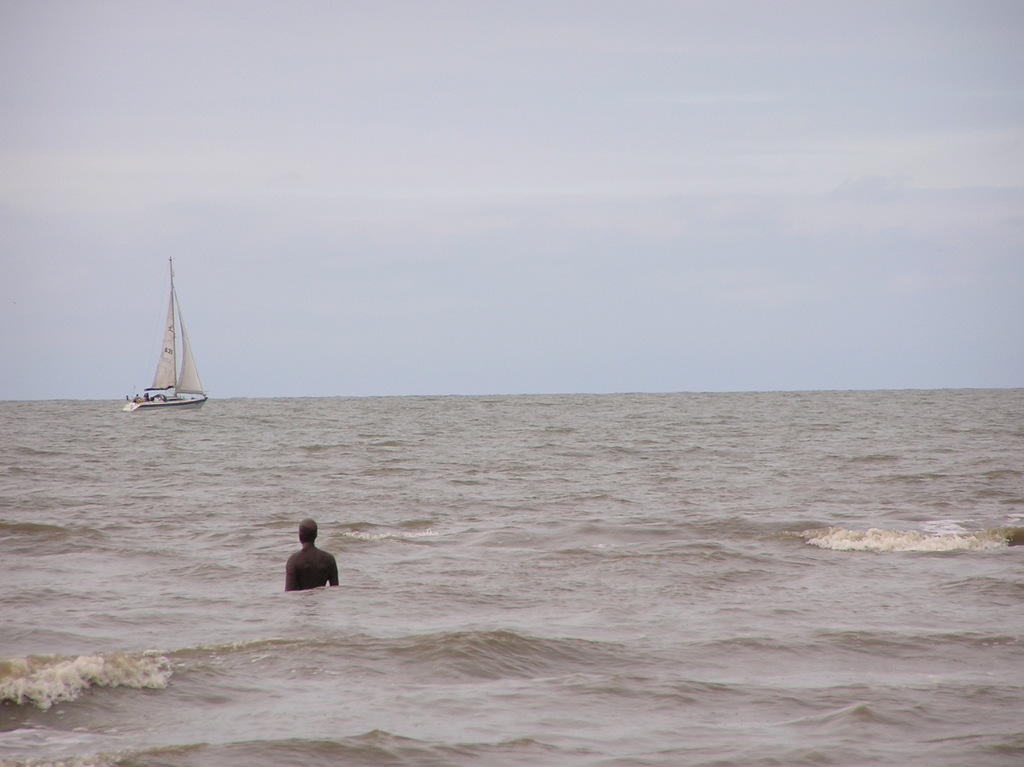
A Puzzle about Pointing
a puzzle about pointing
Contrast apes with humans ...
‘there is not a single reliable observation, by any scientist anywhere, of one ape pointing for another’.
Tomasello 2006, p. 507
footnote: ‘There is actually one reported incident of a bonobo pointing for conspecifics in the wild (Veà and Sabater-Pi 1998)’
Tomasello 2006, footnote 1
‘no apes point declaratively ever.’
Tomasello 2006, p. 510
Why don’t apes point? (Tomasello’s question)
motor issues?
But they do gesture
understanding action?
But they are sensitive to facts about
the goals of others' actions.
A clue: apes don't comprehend declarative pointing ...

Hare & Tomasello 2004
‘to understand pointing, the subject needs to understand more than the individual goal-directed behaviour. She needs to understand that by pointing towards a location, the other attempts to communicate to her where a desired object is located; that the other tries to inform her about something that is relevant for her’
Moll & Tomasello 2007
Why don’t apes point comprehend pointing gestures?
Informative pointing
To comprehend:
- know that this person is pointing to location L;
- know that by so pointing she is attempting to communicate; and
- know that what she is attempting to communicate is that object X it at L.
To produce:
- know how to point to location L;
- know that by pointing to location L you can communicate with this audience;
- know that what you can communicate is that object X is at L.
Why don’t 3-month-olds point?
Why don’t apes point?
(And why don’t they understand declarative pointing?)
Because they fail to ‘understand that by pointing towards a location, the other attempts to communicate to her where a desired object is located’ (Moll & Tomasello 2007)
But
- What is it to understand this?
- Do 12-month-old humans understand it?
appendix
pointing: referent and context
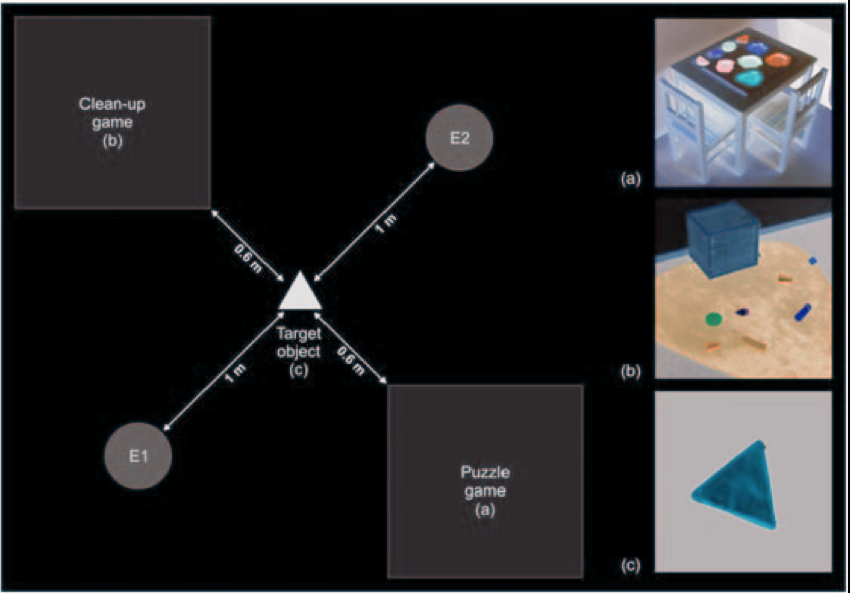
Liebal et al 2009, figure 1
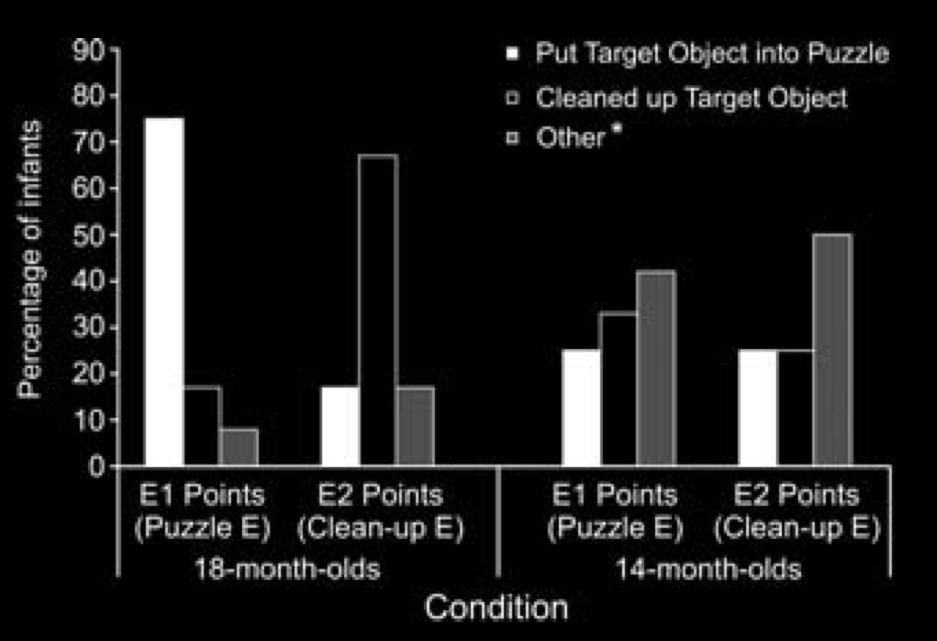
Liebal et al 2009, figure 2
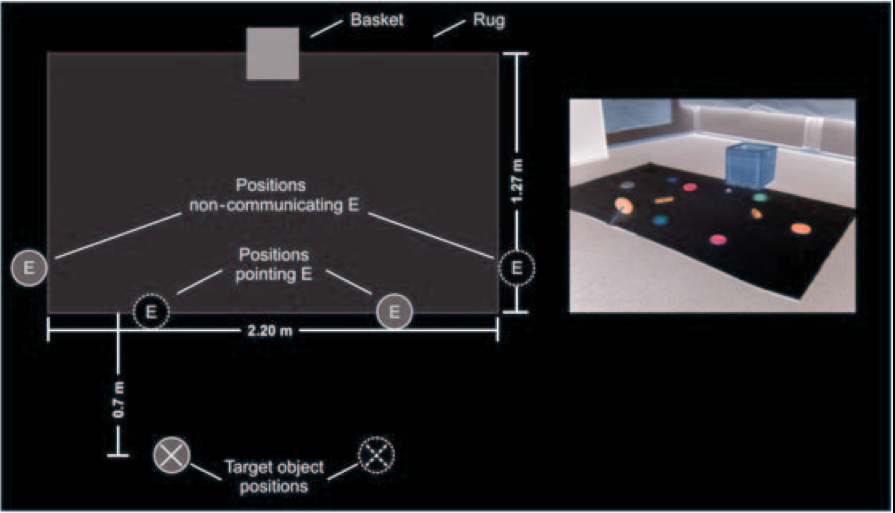
Liebal et al 2009, figure 3
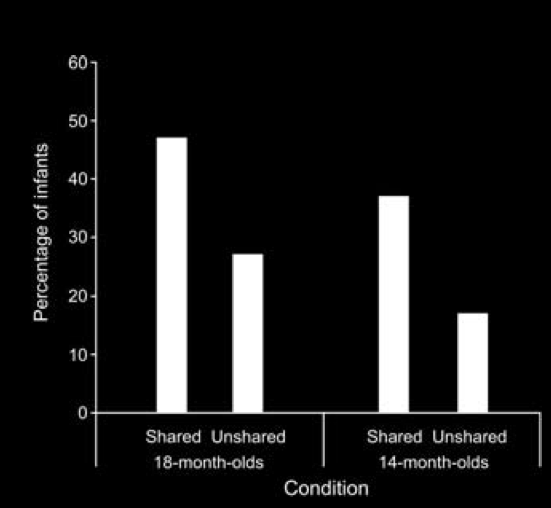
Liebal et al 2009, figure 4
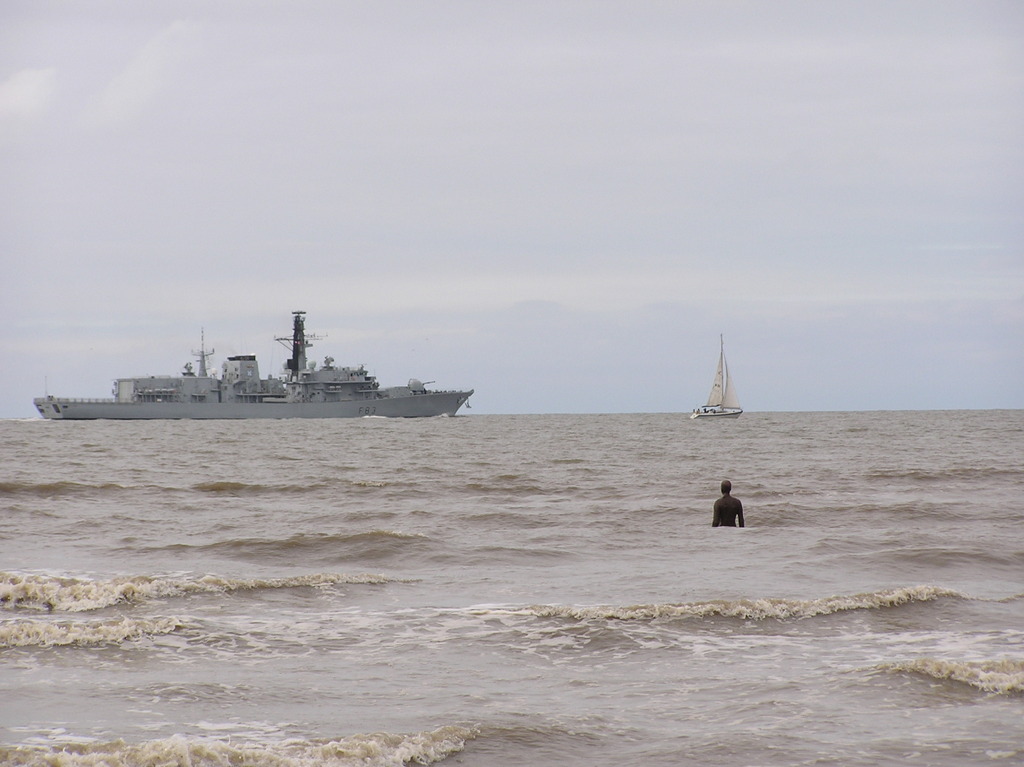
What is a communicative action?
What is a communicative action?
Informative pointing
To comprehend:
- know that this person is pointing to location L;
- know that by so pointing she is attempting to communicate; and
- know that what she is attempting to communicate is that object X it at L.
To produce:
- know how to point to location L;
- know that by pointing to location L you can communicate with this audience;
- know that what you can communicate is that object X is at L.
What is a communicative action?
- Ayesha hits Ben intending to bruise him.
- Ayesha fakes a yawn intending to cause Ben to yawn.
- Ayesha lays a trail of false footprints intended to deceive Ben.
- Ayesha waves at Ben with the intention that he will recognise that she intends him to come over.
Goal: get Ben to come over
Means: get Ben to recognise that I intend to get Ben to come over
Intention: to get Ben to come over by means of getting Ben to recognise that I intend to get Ben to come over.
First approximation: To communicate is to provide someone with evidence of an intention with the further intention of thereby fulfilling that intention.
(compare Grice 1989: chapter 14)
The confederate means something in pointing at the left box if she intends:
- \item that you open the left box;
- \item that you recognize that she intends (1), that you open the left box; and
- \item that your recognition that she intends (1) will be among your reasons for opening the left box.
(Compare Grice 1967 p. 151; Neale 1992 p. 544)
?
Pointing (and non-linguistic communication) involves intentions about recognizing intentions
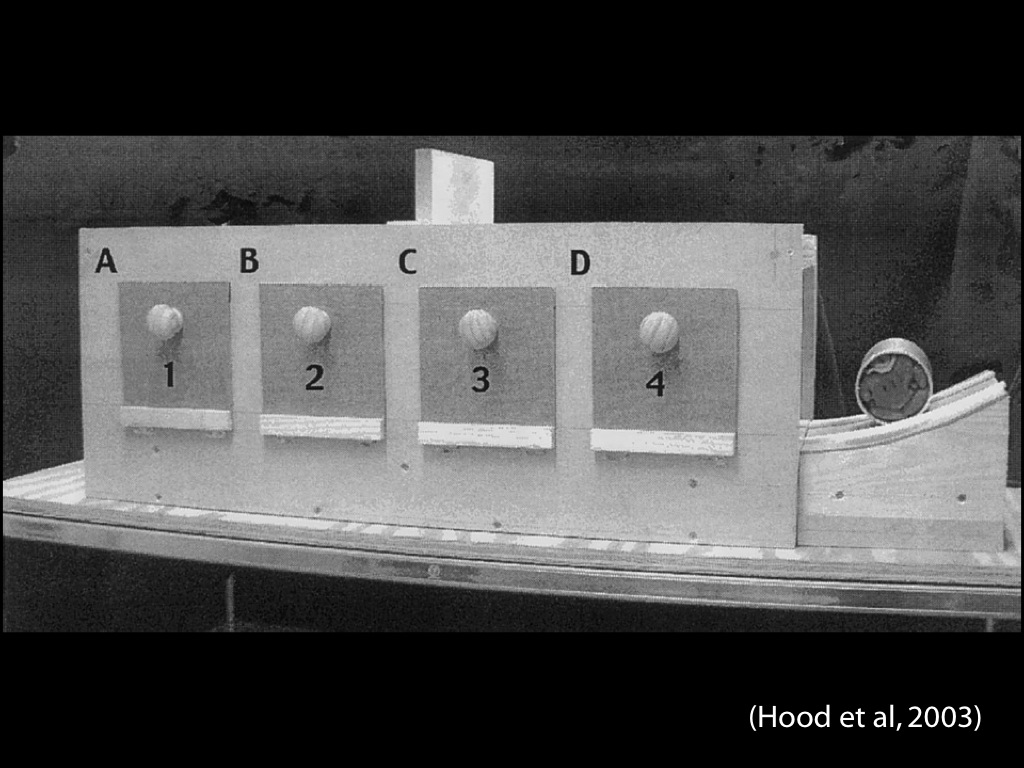
?
Pointing (and non-linguistic communication) involves intentions about recognizing intentions
shared intentionality
‘infant pointing is best understood---on many levels and in many ways---as depending on uniquely human skills and motivations for cooperation and shared intentionality, which enable such things as joint intentions and joint attention in truly collaborative interactions with others (Bratman, 1992; Searle, 1995).’
Tomasello et al (2007, p. 706)
Theory of communicative action (Tomasello et al?):
- Producing and understanding declarative pointing gestures constitutively involves embodying (?) shared intentionality.
- Embodying shared intentionality involves having knowledge about knowledge of your intentions about my intentions.
Claims about development:
- 11- or 12-month-old infants produce and understand declarative pointing gestures.
- Abilities to communicate play a role in explaning the emergence of knowledge of minds (among other things).
(Also, α rules out a conjecture about minimal theory of mind.)
?
Pointing (and non-linguistic communication) involves intentions about recognizing intentions
first alternative
Convention
‘No speaker needs to form any express intention … in order to mean by a word what it means in the language’
Dummett 1986, 473
‘Interpreting speech does not require making any inferences or having any beliefs about words, let alone about speaker intentions’
Millikan 1984, p. 62
second alternative
‘meaning of whatever sort ultimately rests on intention’
Davidson 1992, p. 298
- ulterior intentions
- semantic intentions
‘The intention to be taken to mean what one wants to be taken to mean is, it seems to me, so clearly the only aim that is common to all verbal behaviour that it is hard for me to see how anyone can deny it.’
Davidson 1994, p. 11
Grice
Goal: get Ben to come over
Means: get Ben to recognise that I intend to get Ben to come over
Intention: to get Ben to come over by means of getting Ben to recognise that I intend to get Ben to come over.
Davidson
Goal: get Ben to come over
Semantic Intention: that Ben take this wave to mean that he should come over.
Ulterior intention: that Ben come over.
Grice
Goal: get Ayesha to select the left container
Means: get Ayesha to recognise that I intend Ayesha to select the left container
Intention: to get Ayesha to selet the left container by means of getting Ayesha to recognisethat I am pointing to the left container with the intention that she select the left container.
Davidson
Goal: get Ayesha to select the left container
Semantic Intention: that Ayesha take this pointing gesture to refer to the left container
Ulterior Intention: that Ayesha select the left container
?
intention to refer
Conclusion for What is a communicative action?
Should we accept that pointing (and linguistic communication) involves intentions about intentions?
- If Grice (and Tomasello et al) are right about communication, then infant pointing involves sophisticated insights into others’ minds.
- But there are alternatives to the Gricean story.
- If Davidson’s* alternative is right, communication requires understanding intentions about meaning or reference but not necessarily sophisticated insights into others’ minds.
Conclusion for Pointing
- 11- and 12-month-old infants can point to (i) request, (ii) inform and (iii) initiate joint engagement.
- ... and they can understand these kinds of pointing gesture.
- Understanding pointing requires more than associating gestures with their referents and understanding goal-directed action (see: why don’t apes & 6-month-olds point)
- But what more is required?
Is it shared intentionality?
And what is that anyway? Is that something inspired by, and adapted from, Grice?

Words and Communicative Actions
Pointing vs. linguistic communication
a point
- associate gesture with referent
- identify the agent of the gesture
- identify the intended recepient of the gesture
- infer message (Why is this agent pointing at that thing for her?)
a one-word utterance
- associate word with referent
- identify the utterer
- identify the intended audience
- infer message (Why is this utterer talking to her about that thing?)

Hare & Tomasello 2004

Tincoff and Jusczyk 2011, figure 1
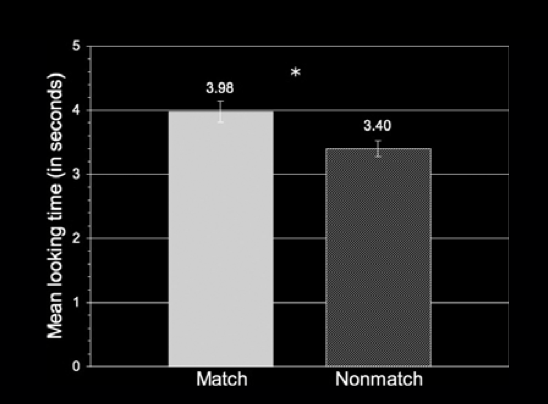
Tincoff and Jusczyk 2011, figure 1
Pointing vs. linguistic communication
a point
- associate gesture with referent
- identify the agent of the gesture
- identify the intended recepient of the gesture
- infer message (Why is this agent pointing at that thing for her?)
a one-word utterance
- associate word with referent
- identify the utterer
- identify the intended audience
- infer message (Why is this utterer talking to her about that thing?)